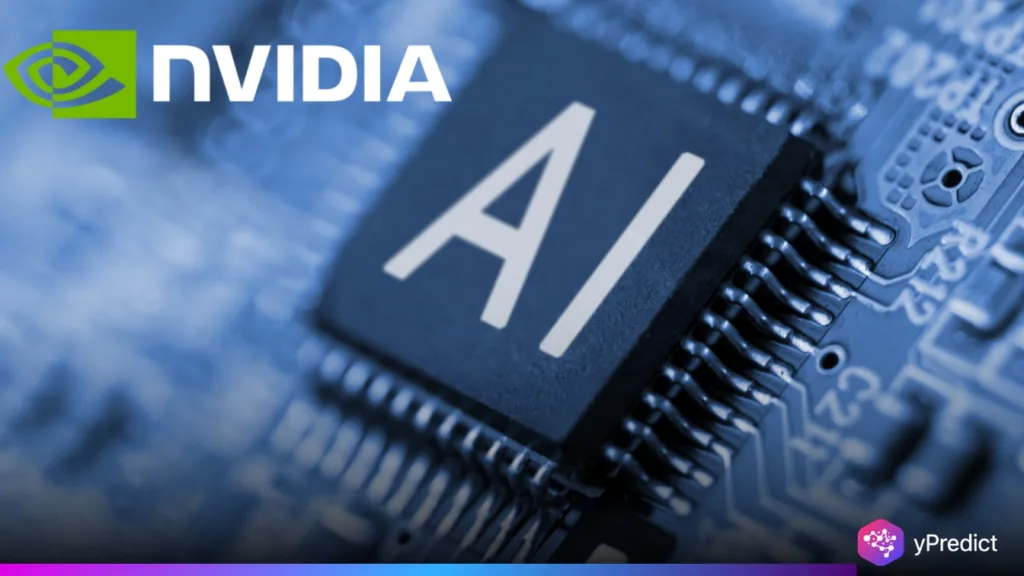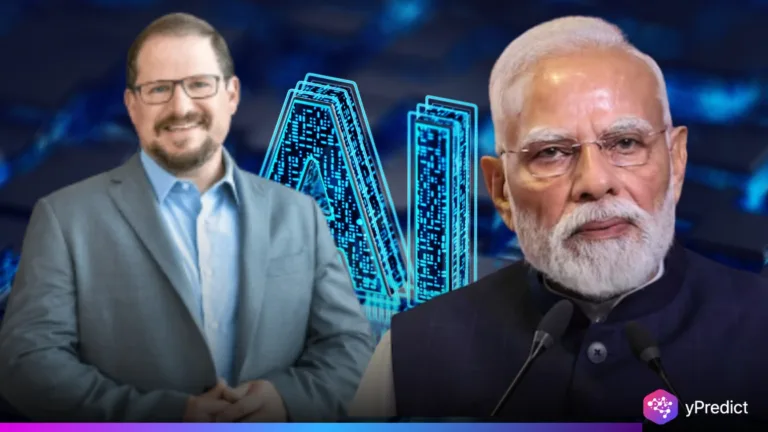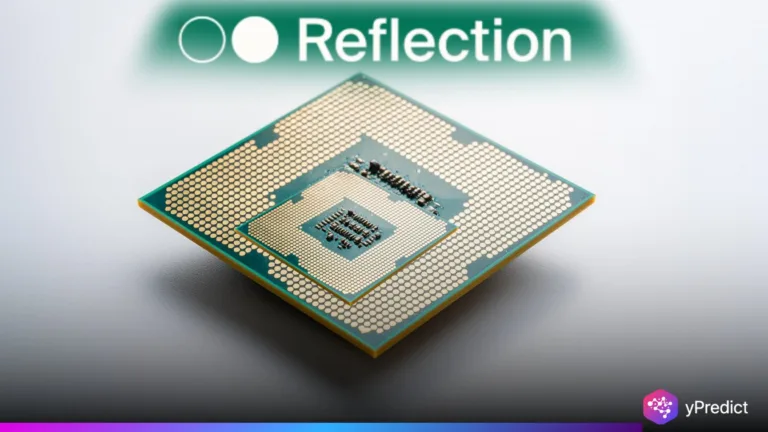
The US has issued export permissions for NVIDIA to export to the United Arab Emirates. This is in the range of billions of AI chips. This agreement, which sees up to 500K chips a year go out till 2027, is a piece of a larger strategy to increase U.S. Gulf tech relationships. The signing, which had Donald Trump and NVIDIA CEO Jensen Huang in attendance, is a sign of a strategic shift in global AI power. The UAE is to become a preeminent AI hub, which this deal will help to do. Also brought up is the issue of national security, economic dependency, and how far Washington will go to play catch-up with China.
NVIDIA Deal and Regional Ambitions
This year, we have seen the implementation of a framework that was put in place early in 2025. We are seeing many of the past export controls lifted. Now NVIDIA is to put their advanced GPUs back into the market, which may include Blackwell and also future Rubin models. These chips run large AI systems and high-performance data centers.
In that which was agreed upon, UAE’s G42 will develop parallel data centers in the US for each that they build at home. This is a bid for technological exchange, which also includes the protection of private data. Also during his trip to the Gulf, President Trump reported back with $600 billion in terms of Saudi Arabia on AI and chip-related issues. That which was signed into a deal had large-scale investment from U.S. tech giants like NVIDIA, AMD, and Qualcomm. Also interest from Gulf-based investors that are very much out to increase AI base in their region.
Strengthening of allies, containing China, and exporting U.S. chip standards worldwide. Also, some critics report that the issue of NVIDIA hardware dependence may, in the end, limit long-term autonomy.
Economic Power and Security Trade-off
Moving in the order of half a million AI chips each year will transform the Gulf’s tech capacity. IEEE reports that such an investment would see an almost 40% drop in model training time. In other words, there is a large scale of very fast results in health care, climate research, and Arabic language AI models to be had. The Cleveland Clinic collaboration on AI for health is a look into the future we are moving toward.
But with each NVIDIA shipment, there is a trade-off. US oversight is still very strict. The Commerce Department will be in charge of export control, which is also to prevent technology from leaking out. G42’s past probe into what they did with Chinese companies has some analysts on edge. The new reciprocal data center rule may put some of those fears to rest, but experts are pushing for more transparency.
Economically, what we see is great value from this deal. We will see billions of dollars in chip imports, which in turn will create jobs and attract foreign capital. The UAE is aiming to become the Silicon Valley of AI, which is a neutral option between the U.S. and China. At the same time, though, the risk of that model dependence on NVIDIA’s platform is an issue. If export controls tighten, which they may do again, we may see progress grind to a halt. Also, what is very difficult for the UAE is to find that balance between access and sovereignty.
Still today we see NVIDIA at the heart of a new tech order, which has hardware diplomacy sitting shoulder to shoulder with software innovation,
Conclusion
The U.S.-UAE NVIDIA agreement is beyond a trade deal; it is a geopolitical statement. AI hardware, which is the new oil, is what is determining alliances. The UAE gains relevance on the world stage, and the U.S. secures its influence via chips instead of boots. Critics see it as overreach, which supporters call a strategy. What is certain is that NVIDIA is at the core of this global AI race. Critics see it as overreach, which supporters call a strategy. What is certain is that NVIDIA is at the core of this global AI race. The turning point will be whether the Gulf’s investment brings about real independence. Either way, the balance of power in AI has shifted for good.






